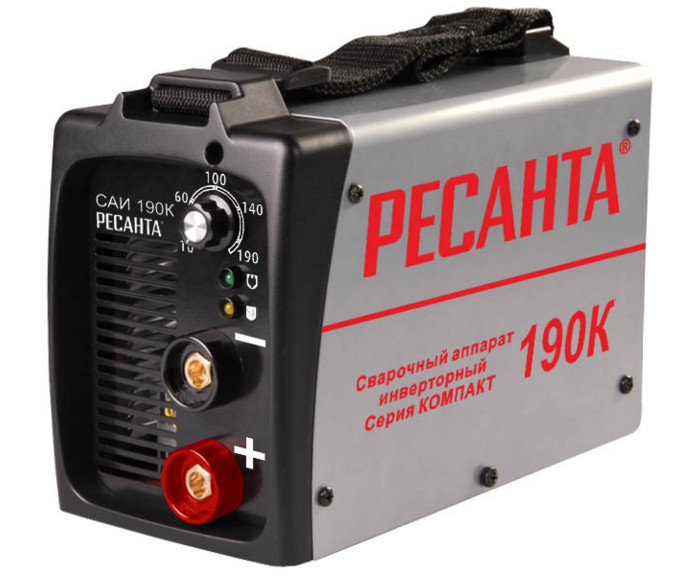
Shema Sai 190 Resanta
0.46 New River Inlet, NC - 190 SCRIPPS urn:ioos:station:wmo:41109 34.484. 4378 1 urn:ioos:sensor:wmo:46006::watertemp1 1.00 SANTA MARIA - 21NM. 1 urn:ioos:sensor:wmo:52245::watertemp1 Saipan Island (SAI 008) NOAA. PC5 Signalling messages. W3C REC-xmlschema-2-20041028: 'XML Schema Part 2: Datatypes'. Service Area Identifier. Sakai-Kasahara Key Encryption. ProSe Application Code Prefix in the UE context by changing the Metadata Index portion and keeping the rest.

Input Parameters Parameter Format All input parameters should be sent using HTTP GET. Care should be taken to URL-encode all parameters correctly. Malformed parameters will be misinterpreted and may give rise to unexpected results or an error For example: 0xA0002000 – Invalid Input Parameter error Parameters listed as “multi-valued” accept multiple values and may be internally delimited as follows (subject to URL encoding): Delimiter Meaning Restrict the search to resumes containing one or more of the supplied values + Restrict the search to jobs containing one or more of the supplied values.
Restrict the search to resumes containing all of the supplied values. CAT The cat parameter which is required for RSX should be populated with the CAT received from Monster. For example: http/rsx.monster.com/query.ashx?q=test&ver=1.7&cat=[your cat] Your CAT is case-sensitive and should be supplied in its entirety.
It is valid only under the terms and conditions of your contract with Monster. Restrictions may include, but are not limited to, IP address, date range and access to specific search functionality. Optional Parameters q (Keyword query) The q parameter restricts the search to resumes containing the supplied list of keywords, ResumeValues or matching a given Boolean expression. If a Boolean expression is supplied, it will be used verbatim.
Vault in outlook. Additionally, the Enterprise Vault client will be updated to ensure that it can detect and install correctly when this scenario occurs.
Otherwise, a logical operator (either AND or OR) is inserted between keywords. The qb parameter (see below) controls whether AND or OR is used. TIP: Use double-quotes (ASCII 22) to surround keyword phrases.
A keyword phrase matches resumes only where the words appear in the same contiguous order in the resume. And,or,not,near (Locale Specific Keyword Operator) The keyword operator restricts the search results by applying it to the keyword search. Example: q=java+and+php restricts the search results for documents contain only java and php keyword. Q=not(java+near+php) or not(java+~+php) restricts the search results for documents NOT contain the phrase 'java XXXXXX php', where XXXXXX is limited to 10 words.
Qb (Keyword query behavior) The qb parameter indicates how the keyword query (specified using the q parameter) should be interpreted: Value Meaning And AND the words or phrases in the keyword query (default) Or OR the words or phrases in the keyword query Bool Boolean query – do not insert operators between keywords The default value for this parameter is. TIP: If your keyword query contains Boolean operators, the query is treated as a Boolean query regardless of the setting of this parameter.
Qrjt (Recent job title) The qrjt argument allows a recruiter to search for seekers based on the most recent job title. Several titles may be used in the search by submitting a comma-delimited list. For example: qrjt=programmer,developer qtjt (Target job title) The qtjt argument allows a recruiter to search for seekers based on the target job title. Several titles may be used in the search by submitting a comma-delimited list. For example: qtjt=programmer,developer qajt (Recent job title or Target job title) The qajt argument allows a recruiter to search for seekers based on the target job title or the most recent jobtitle. Several titles may be used in the search by submitting a comma-delimited list. For example: qajt=programmer,developer qrcn (Recent company name) The qrcn allows a recruiter to search for seekers based on the most recent company that they were employed with.
Several company names may be used in the search by submitting a comma-delimited list. For example: Qrcn=company1,company2 qrjd (Recent job description) The qrjd allows a recruiter to search for seekers based on the most recent job description. Several job descriptions may be used in the search by submitting a comma-delimited list. For example: qrcn=computer+programmer,project+manager qsn (Recent school name) The qsn allows a recruiter to search for seekers that have attended a specific school. Several school names may be used in the search by submitting a comma-delimited list.
For example: qsn=Harvard,Yale sort (Sort by) The sort parameter specifies the desired presentation order of the search results: Value Meaning Rank Keyword relevance Mdate Modification / activation date of the resume Cdate Creation date of the resume Mdate Modification date of the resume Distance Distance within radius in miles Title Title of the resume Mvf Service flag Minv Military involvement Several sorts may be used in the search by submitting a comma-delimited list. For example: sort=distance,cdate,mvf&rpcr=90210-20 The default sort order is mdate. If rank is specified, an additional Relevance element is output in each Resume node. This element is a floating-point value between 0 and 1, and indicates how well the resume matches the keyword query.